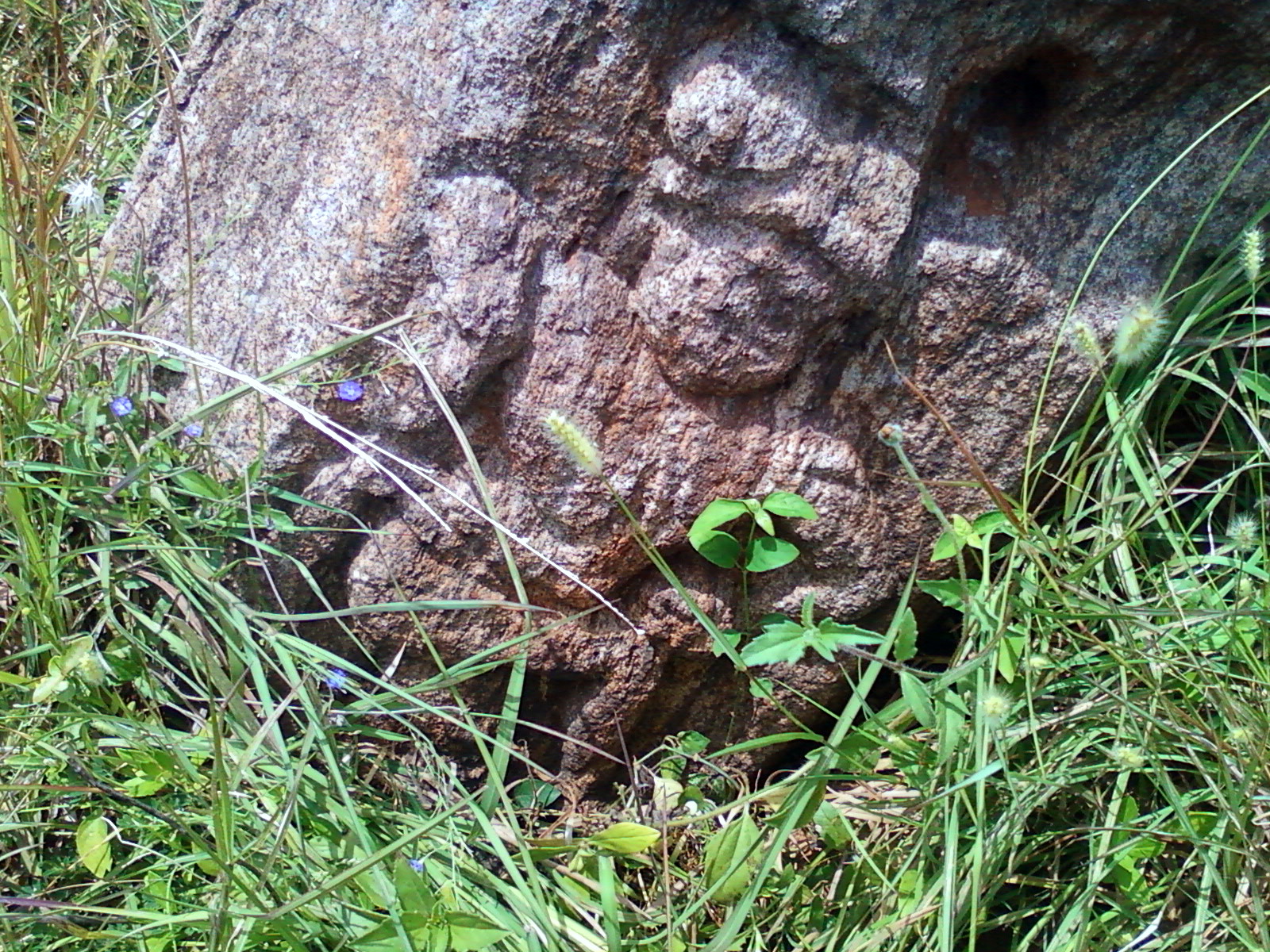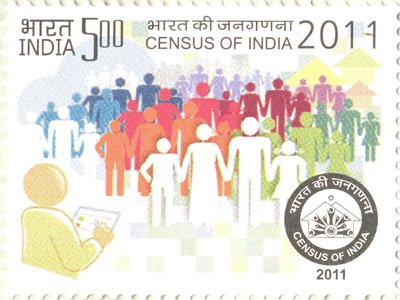|
Padmapur, Rayagada
Padmapur is a village in the Rayagada district of Odisha, India. It is the most populated village and one of the identified tourist centers of the district. A hillock adjoins the village to its northern side to enhance the scenic beauty of the place. A 7th century inscription found here, in the Nilakantheswar Temple (a religious place i.e. the shrine of Lord Manikeswar Shiva), indicates that the Jagamanda hill, located close by, once housed the monastery of the famous Buddhist logician-philosopher Dharmakirti. Demography Padmapur is a populated village in Rayagada district situated about 67 km away from the district headquarters. India census, Padmapur village had a population of 6530.The total population of the village as per the 2011 Census of India was 6654 out of which the male population is 3411 and the female population is 3243. The postal Index Number (PIN) of padmapur is 765025. Geography Padmapur is located at . It has a mixed climate of mountain and coast ... [...More Info...] [...Related Items...] OR: [Wikipedia] [Google] [Baidu] |
States And Territories Of India
India is a federal union comprising 28 states and 8 union territories, with a total of 36 entities. The states and union territories are further subdivided into districts and smaller administrative divisions. History Pre-independence The Indian subcontinent has been ruled by many different ethnic groups throughout its history, each instituting their own policies of administrative division in the region. The British Raj The British Raj (; from Hindi language, Hindi ''rāj'': kingdom, realm, state, or empire) was the rule of the British The Crown, Crown on the Indian subcontinent; * * it is also called Crown rule in India, * * * * or Direct rule in India, * Q ... mostly retained the administrative structure of the preceding Mughal Empire. India was divided into provinces (also called Presidencies), directly governed by the British, and princely states, which were nominally controlled by a local prince or raja loyal to the British Empire, which held ''de f ... [...More Info...] [...Related Items...] OR: [Wikipedia] [Google] [Baidu] |
Climate
Climate is the long-term weather pattern in an area, typically averaged over 30 years. More rigorously, it is the mean and variability of meteorological variables over a time spanning from months to millions of years. Some of the meteorological variables that are commonly measured are temperature, humidity, atmospheric pressure, wind, and precipitation. In a broader sense, climate is the state of the components of the climate system, including the atmosphere, hydrosphere, cryosphere, lithosphere and biosphere and the interactions between them. The climate of a location is affected by its latitude/ longitude, terrain, altitude, land use and nearby water bodies and their currents. Climates can be classified according to the average and typical variables, most commonly temperature and precipitation. The most widely used classification scheme was the Köppen climate classification. The Thornthwaite system, in use since 1948, incorporates evapotranspiration along ... [...More Info...] [...Related Items...] OR: [Wikipedia] [Google] [Baidu] |
Govt
A government is the system or group of people governing an organized community, generally a state. In the case of its broad associative definition, government normally consists of legislature, executive, and judiciary. Government is a means by which organizational policies are enforced, as well as a mechanism for determining policy. In many countries, the government has a kind of constitution, a statement of its governing principles and philosophy. While all types of organizations have governance, the term ''government'' is often used more specifically to refer to the approximately 200 independent national governments and subsidiary organizations. The major types of political systems in the modern era are democracies, monarchies, and authoritarian and totalitarian regimes. Historically prevalent forms of government include monarchy, aristocracy, timocracy, oligarchy, democracy, theocracy, and tyranny. These forms are not always mutually exclusive, and mixed governme ... [...More Info...] [...Related Items...] OR: [Wikipedia] [Google] [Baidu] |
Shiva
Shiva (; sa, शिव, lit=The Auspicious One, Śiva ), also known as Mahadeva (; ɐɦaːd̪eːʋɐ, or Hara, is one of the principal deities of Hinduism. He is the Supreme Being in Shaivism, one of the major traditions within Hinduism. Shiva is known as "The Destroyer" within the Trimurti, the Hindu trinity which also includes Brahma and Vishnu. In the Shaivite tradition, Shiva is the Supreme Lord who creates, protects and transforms the universe. In the goddess-oriented Shakta tradition, the Supreme Goddess ( Devi) is regarded as the energy and creative power (Shakti) and the equal complementary partner of Shiva. Shiva is one of the five equivalent deities in Panchayatana puja of the Smarta tradition of Hinduism. Shiva has many aspects, benevolent as well as fearsome. In benevolent aspects, he is depicted as an omniscient Yogi who lives an ascetic life on Mount Kailash as well as a householder with his wife Parvati and his three children, Ganesha, Ka ... [...More Info...] [...Related Items...] OR: [Wikipedia] [Google] [Baidu] |
Nilakantheswar Temple At Padmapur
Nilakantheswar Temple at Padmapur, standing on the Jagamanda hills makes the village well known for the Buddhist temple. The temple is built on only seven rocks. There are also three other shiva temples, i.e. Pudukeswar, Dhabaleswar, and Mallikeswar, on the hillock. This 7th-century-old buddhist temple makes Padmapur a tourist center of Rayagada district. The temple is very often referred as shrine of Manikeswar Siva. Recently a small cemented front hall has been added to the original structure. History The temple dates back to the 7th century. Padma Shri Dr. Satyanarayana Rajguru, an eminent historian and epigraphist, relying on a buddhist inscription found on one of the rocks of the temple, identifies that the temple once housed the buddhist logician-philosopher, Dharmakirti. It is the only Buddhist monastery in Rayagada district of the Indian state of Odisha. The festival of Maha Sivaratri Maha Shivaratri ( IAST: Mahāśivarātri) is a Hindu festival celebrated annuall ... [...More Info...] [...Related Items...] OR: [Wikipedia] [Google] [Baidu] |
Nilakantheswar Temple
Nilakantheswar Temple at Padmapur, standing on the Jagamanda hills makes the village well known for the Buddhist temple. The temple is built on only seven rocks. There are also three other shiva temples, i.e. Pudukeswar, Dhabaleswar, and Mallikeswar, on the hillock. This 7th-century-old buddhist temple makes Padmapur a tourist center of Rayagada district. The temple is very often referred as shrine of Manikeswar Siva. Recently a small cemented front hall has been added to the original structure. History The temple dates back to the 7th century. Padma Shri Dr. Satyanarayana Rajguru, an eminent historian and epigraphist, relying on a buddhist inscription found on one of the rocks of the temple, identifies that the temple once housed the buddhist logician-philosopher, Dharmakirti. It is the only Buddhist monastery in Rayagada district of the Indian state of Odisha. The festival of Maha Sivaratri Maha Shivaratri ( IAST: Mahāśivarātri) is a Hindu festival celebrated annuall ... [...More Info...] [...Related Items...] OR: [Wikipedia] [Google] [Baidu] |
Odisha State Road Transport Corporation
Odisha State Road Transport Corporation or OSRTC is the state owned road transport corporation in the eastern Indian state of Odisha. It is acknowledged for its distinguished service for safe and lowest cost of operation with a fleet of 462 buses. History The Odisha State Road Transport Corporation (OSRTC) established under the Orissa State Road Transport Corporation Act. (1950), commenced its business of passenger transport services from 15 May 1974. In 1948, the State Govt. took over operation of bus services run by erstwhile princely states under State Transport Services (STS) of Transport Department. In 1950, the Central Act, R.T.C. Act was enacted (Act No. 64 of 1950) which required creation of Road Transport Corporations under respective State Governments. The OSRTC was created w.e.f. 15.5.1974 and the assets and employees of State Transport Services were transferred to OSRTC. The Corporation started functioning with Share Capital Contribution from the State Govt. and th ... [...More Info...] [...Related Items...] OR: [Wikipedia] [Google] [Baidu] |
Visakhapatnam
, image_alt = , image_caption = From top, left to right: Visakhapatnam aerial view, Vizag seaport, Simhachalam Temple, Aerial view of Rushikonda Beach, Beach road, Novotel Visakhapatnam, INS Kursura submarine museum, Vizag skyline, Kambalakonda wildlife sanctuary , etymology = , nickname = The City of DestinyThe Jewel of the East Coast , image_map = , map_caption = , pushpin_map = India Visakhapatnam#India Andhra Pradesh#India#Asia#Earth , pushpin_label_position = left , pushpin_map_alt = , pushpin_map_caption = , coordinates = {{coord, 17, 42, 15, N, 83, 17, 52, E, display=inline,title , subdivision_type = Country , subdivision_name = {{flag, India , subdivision_type1 = State , subdivision_name1 = Andhra Pradesh , subdivision_type2 = Districts , subdivision_name2 = Visakhapatnam, Anaka ... [...More Info...] [...Related Items...] OR: [Wikipedia] [Google] [Baidu] |
2011 Census Of India
The 2011 Census of India or the 15th Census of India, Indian Census was conducted in two phases, house listing and population enumeration. The House listing phase began on 1 April 2010 and involved the collection of information about all buildings. Information for National Population Register (NPR) was also collected in the first phase, which will be used to issue a 12-digit unique identification number to all registered Indian residents by Aadhaar, Unique Identification Authority of India. The second population enumeration phase was conducted between 9 and 28 February 2011. Census has been conducted in India since 1872 and 2011 marks the first time biometric information was collected. According to the provisional reports released on 31 March 2011, the Indian population increased to 1.21 billion with a decadal growth of 17.70%. Adult literacy rate increased to 74.04% with a decadal growth of 9.21%. The motto of the census was 'Our Census, Our future'. Spread across 28 States of ... [...More Info...] [...Related Items...] OR: [Wikipedia] [Google] [Baidu] |
Odisha
Odisha (English: , ), formerly Orissa ( the official name until 2011), is an Indian state located in Eastern India. It is the 8th largest state by area, and the 11th largest by population. The state has the third largest population of Scheduled Tribes in India. It neighbours the states of Jharkhand and West Bengal to the north, Chhattisgarh to the west, and Andhra Pradesh to the south. Odisha has a coastline of along the Bay of Bengal in Indian Ocean. The region is also known as Utkala and is also mentioned in India's national anthem, " Jana Gana Mana". The language of Odisha is Odia, which is one of the Classical Languages of India. The ancient kingdom of Kalinga, which was invaded by the Mauryan Emperor Ashoka (which was again won back from them by King Kharavela) in 261 BCE resulting in the Kalinga War, coincides with the borders of modern-day Odisha. The modern boundaries of Odisha were demarcated by the British Indian government when Orissa Province was es ... [...More Info...] [...Related Items...] OR: [Wikipedia] [Google] [Baidu] |





